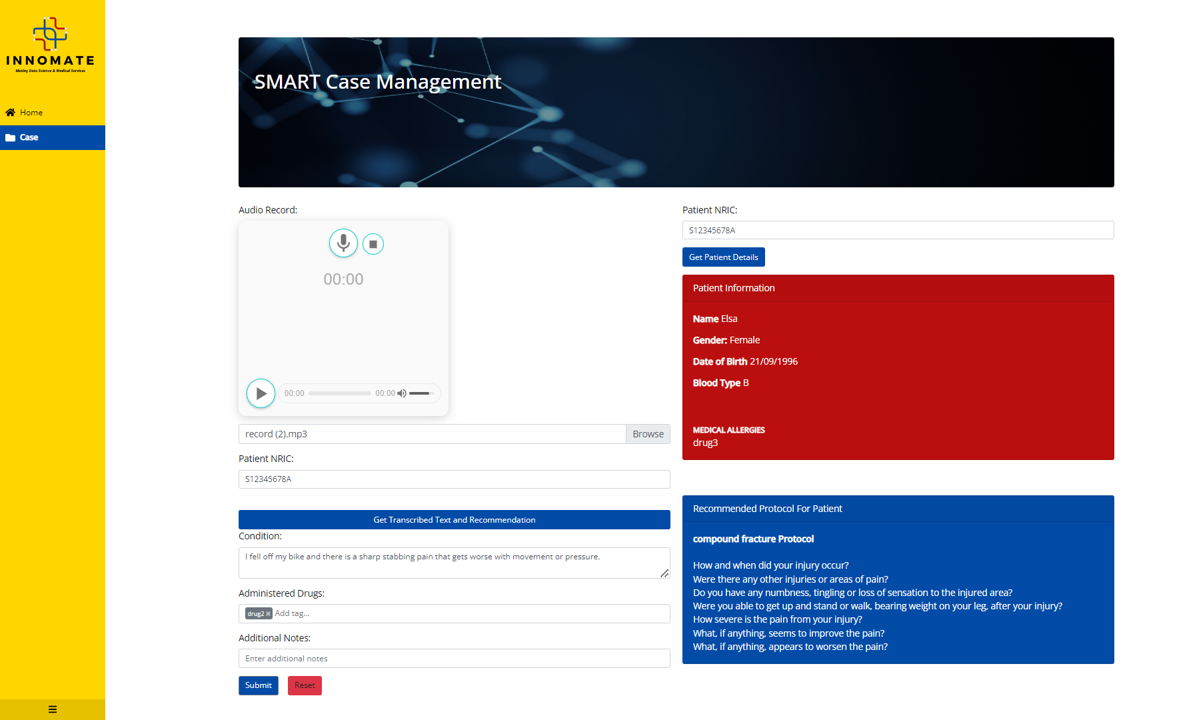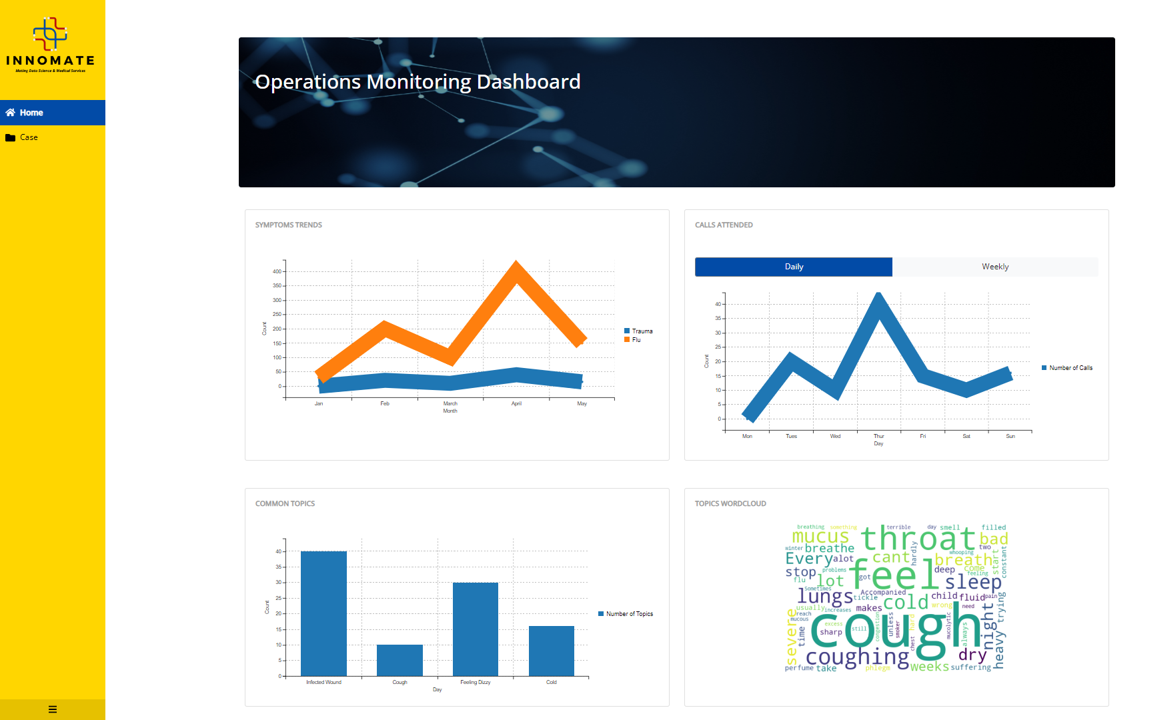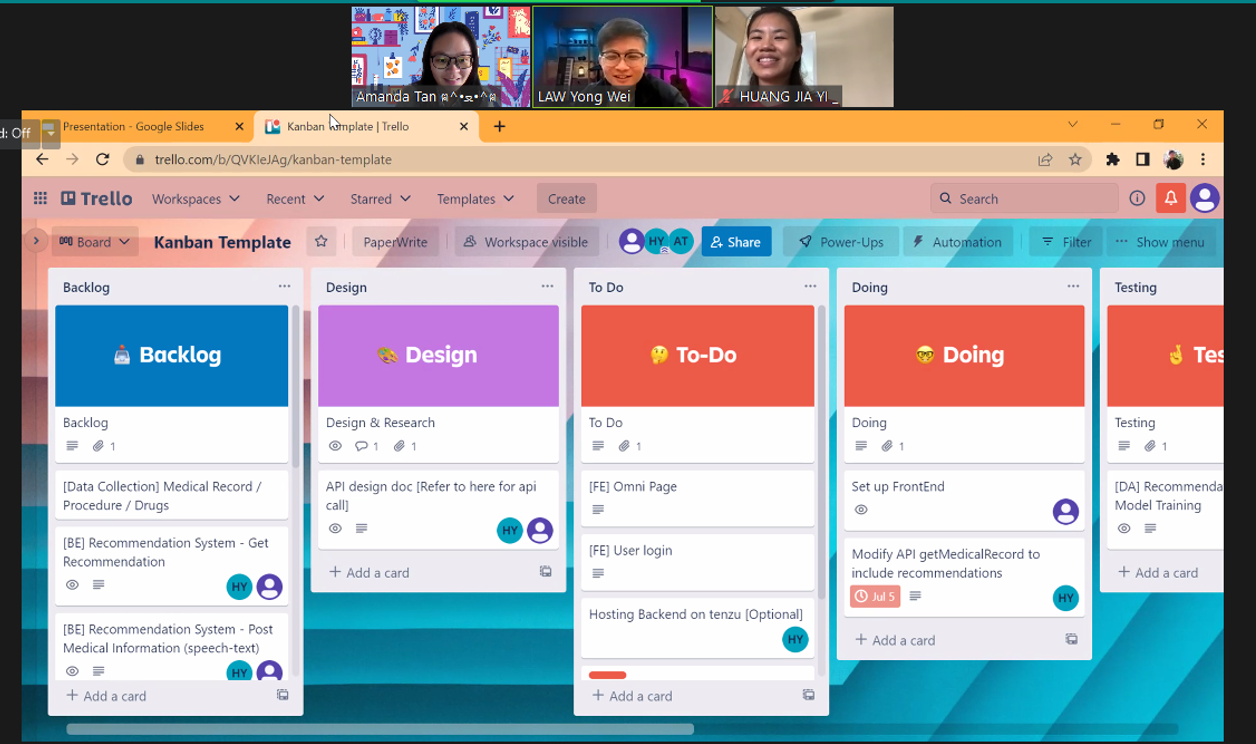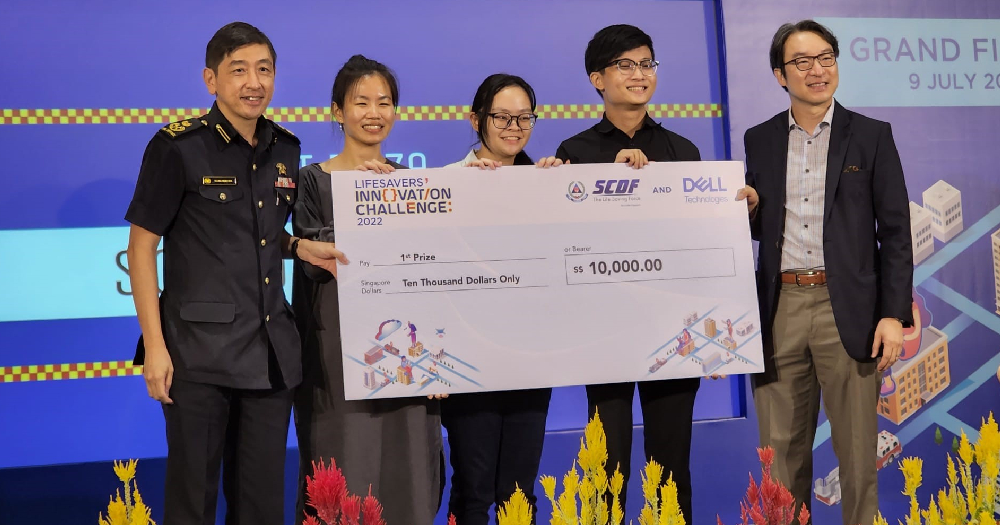Imagine arriving at a scene of an accident as a paramedic.
Immediately there is so much to do: First assessing the patient and his ailment, then planning what to do about it.
What is the patient’s current condition?
What protocols does the paramedic have to initiate, and in what order?
Are the right drugs being dispensed in the right quantities? Are there any contraindications?
Paramedics need to check a patient’s records for pre-existing ailments, drug allergies, or any past medication they should be aware of before deducing an optimal solution.
And when all this is done and the patient has been successfully conveyed to the hospital, then comes the detailed, and sometimes tedious, documentation of the incident.
 Screenshot via Dell Technologies
Screenshot via Dell Technologies
All these issues pile up in a paramedic’s mind, adding to their cognitive workload and tiring them out. Furthermore, paramedics also have additional responsibilities such as training juniors, leading their crew, or dealing with the sometimes chaotic and uncertain environments they may be called out to, such as accident sites.
With all these factors contributing to the psychological stress of paramedics, Team Innomate was determined to solve this problem at the SCDF and Dell Lifesaver’s Innovation Challenge 2022.
 Screenshot via Dell Technologies
Screenshot via Dell Technologies
What does the current system need?
In August 2021, SCDF launched the Operational Medical Networks Informatics Integrator (OMNII). OMNII is a digital platform that transforms the Pre-Hospital Emergency Care (PEC) landscape by enabling real time information sharing of patient data between SCDF and hospitals, which in turn leads to better patient outcomes.
Senior Assistant Commissioner Yong Meng Wah, Director, Emergency Medical Services, SCDF, shared, “Demand for the SCDF’s Emergency Medical Services (EMS) is on the rise and the SCDF has been, via OMNII, at the forefront of harnessing technology to augment their EMS response.
The SCDF sees their next step as the augmentation of a suite of smart wearables which will revolutionise the way SCDF’s EMS responds and delivers a world-class PEC service to the public.”
The team’s solution is an AI and Cloud assisted programme that will plug into the SCDF’s existing OMNII system, and works like an extension of a paramedic’s memory and workflow process to reduce their cognitive workload.
The system they developed is meant to be used by paramedics attending to patients in all manner of circumstances, whether it be at accident sites or helping more chronic patients experiencing medical symptoms.
 Screenshot via Dell Technologies
Screenshot via Dell Technologies
Programme to assist paramedics
Team Innomate’s solution would allow paramedics to engage with the SCDF’s experience as a whole, using the technological advantages of not just the cloud, but also Artificial Intelligence and Machine Learning.
Built on top of Dell Technologies' cloud native platform, the team was able to develop prototypes and deploy the solution to the cloud easily for validation and testing within minutes.
Innomate’s system would assess completed cases, categorise the prescribed remedies, and use these to form better, more streamlined solutions for paramedics to call upon in future cases.
None of the original procedure’s steps are skipped, but instead are carried out through SCDF’s existing OMNII platform.
Innomate’s system uses Google Cloud Voice API to interpret a paramedic’s audio description of a case, extracts the most relevant symptomatic information, and stores the extracted information.
It then uses that information to identify and retrieve relevant records and protocols from the SCDF’s databases, which will return a patient’s consultation record and a recommended protocol to follow or a drug to administer.
 Screenshot via Dell Technologies
Screenshot via Dell Technologies
Rather than having to go through a case’s history and prospective solutions in the time consuming and mentally taxing step-by-step procedure, the Innomate system will take in the same information a paramedic will usually start with, but automates the process of going through established databases and records to find a patient’s medical history.
It then applies SCDF’s established protocols for dealing with such cases, and the specific remedies and medications required.
From a paramedic’s perspective, Innomate will provide clarity by highlighting only pertinent information, helping them develop an optimal course of action. It will shed some of their time-consuming tasks by assisting with the documentation of incidents.
By offloading some of the most taxing and tedious parts of the job, Innomate will allow paramedics to focus on what they do best – helping patients in need.
But for Innomate, the work doesn’t stop there. With every case, the system will build up its database of symptoms, records, recommendations, as well as outcomes. This will allow the SCDF to use completed emergency calls to make better sense of its key metrics, allowing for continuous improvements to paramedic’s procedures.
Strangers put together to work in a team
 Screenshot via Dell Technologies
Screenshot via Dell Technologies
This was impressive work from a team that didn’t actually know each other prior to joining the challenge, and were only able to meet in person in the latter stages of the six-week contest period.
Law Yong Wei, and Huang Jia Yi, students from SMU’s School of Computing and Information Systems, and Amanda Tan, who is studying nursing and psychology at NUS’s Yong Loo Lin School of Medicine, had to navigate demanding personal and academic schedules in order to find time to collaborate.
Innomate draws upon the experiences of all three contestants, but its seed comes from Tan’s medical and psychology training to make sure the cognitive aspect of a paramedic’s workload was looked into.
The final proposal the team put together used evidence and theories drawn from cognitive psychology, and directly applied it to a paramedic’s performance.
This laid a solid foundation for the team’s proposal, and helped the team clearly envision the task at hand.
The team also drew on the experience of Tan’s friend, who works as a paramedic, to ensure they had correctly identified the problems and difficulties faced in this line of work.
Law’s and Huang’s information systems background allowed them to turn their ideas into a workable solution.
Neither had worked in the medical field before, but they were used to working with businesses to identify their pain points and turn their business problems into data science problems, in order to find technology-based solutions.
 Screenshot via Dell Technologies
Screenshot via Dell Technologies
As the official Innovation Partner for the challenge, Dell Technologies provided mentorship and conducted workshops and webinars via its partner, VMware, on topics such as agile software development – a process of iterative development – for all participants during the first phase of the competition.
This equipped all participants with better tools and skills to independently test and develop new functionalities for their projects.
As Law put it, it was “a really diverse mix of choices, discussions, and decisions from a team with varied backgrounds that really helped integrate (the project) together”.
What’s next for the team?
The team already has ideas on how this programme might be taken further.
While the proof of concept currently only works in English, the team hopes to expand its use to Singapore's other main languages, so that it can allow for non-English speaking patients to better share what their ailments are.
There is even a possibility that the work done for this project could be replicated and applied to other professions that also require a high cognitive workload.
Now, the winning team has handed off the project to the SCDF and Dell, who are looking into ways to integrate the system into their current workflows.
Andy Sim, Vice President and Managing Director, Singapore, Dell Technologies commented, “We are very impressed by the various teams that put their heads together, tapping on their creativity and critical thinking to push the boundaries of innovation and harness technology to enhance our ability to save lives. People sit at the heart of technological advancement, and such opportunities pave the way for tech skills development, shaping a workforce that leads the way in innovation and accelerates progress.
As Singapore continues to grow its status as a global technology and innovation hub, partnerships between the private and public sector are critical to building a pipeline of tech talent and accelerating digital innovation.
That is why we’ve partnered the SCDF to enable aspiring tech talent to receive mentorship and gain exposure to new and emerging technologies, and develop digital solutions to save lives.”
Learn more about the SCDF and Dell Lifesavers’ Innovation Challenge here.
Top image via Dell & SCDF
This sponsored article by Dell Technologies impressed this writer with an innovation he hopes he never has to use.
If you like what you read, follow us on Facebook, Instagram, Twitter and Telegram to get the latest updates.
